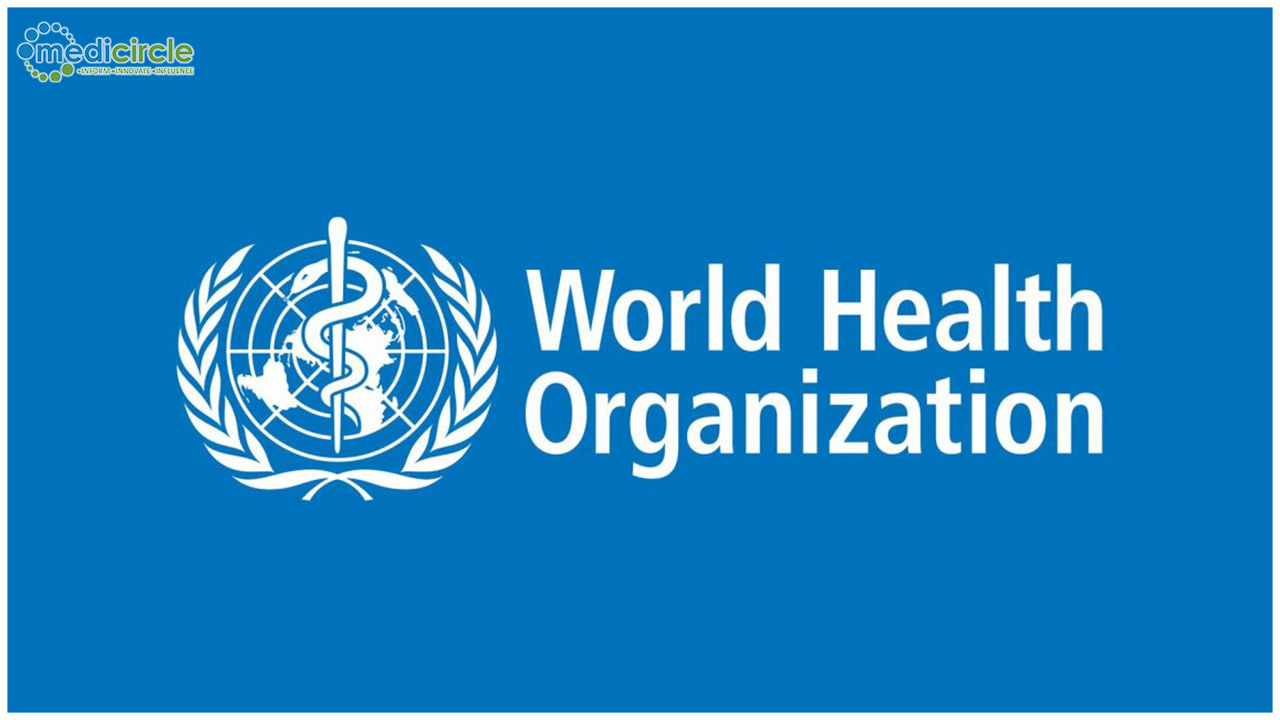The World Health Organization has warned that severe and mounting disruption to the global supply of personal protective equipment (PPE) – caused by rising demand, panic buying, hoarding, and misuse – is putting lives at risk from the new coronavirus and other infectious diseases.
Healthcare workers rely on personal protective equipment to protect themselves and their patients from being infected and infecting others.
But shortages are leaving doctors, nurses and other frontline workers dangerously ill-equipped to care for COVID-19 patients, due to limited access to supplies such as gloves, medical masks, respirators, goggles, face shields, gowns, and aprons.
“Without secure supply chains, the risk to healthcare workers around the world is real. Industry and governments must act quickly to boost supply, ease export restrictions and put measures in place to stop speculation and hoarding. We can’t stop COVID-19 without protecting health workers first,” said WHO Director-General Dr. Tedros Adhanom Ghebreyesus.
Since the start of the COVID-19 outbreak, prices have surged. Surgical masks have seen a sixfold increase, N95 respirators have trebled and gowns have doubled.
Supplies can take months to deliver and market manipulation is widespread, with stocks frequently sold to the highest bidder.
WHO has so far shipped nearly half a million sets of personal protective equipment to 47 countries, but supplies are rapidly depleting.
Based on WHO modeling, an estimated 89 million medical masks are required for the COVID-19 response each month. For examination gloves, that figure goes up to 76 million, while international demand for goggles stands at 1.6 million per month.
Recent WHO guidance calls for the rational and appropriate use of PPE in healthcare settings, and the effective management of supply chains.
WHO is working with governments, industry and the Pandemic Supply Chain Network to boost production and secure allocations for critically affected and at-risk countries.
To meet rising global demand, WHO estimates that the industry must increase manufacturing by 40 percent.
Governments should develop incentives for the industry to ramp up production. This includes easing restrictions on the export and distribution of personal protective equipment and other medical supplies.

 Based on WHO modeling, an estimated 89 million medical masks are required for the COVID-19 response each month. For examination gloves, that figure goes up to 76 million, while international demand for goggles stands at 1.6 million per month.
Based on WHO modeling, an estimated 89 million medical masks are required for the COVID-19 response each month. For examination gloves, that figure goes up to 76 million, while international demand for goggles stands at 1.6 million per month.










.jpeg)


.jpeg)



.jpeg)
.jpeg)






.jpeg)





